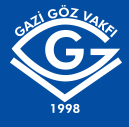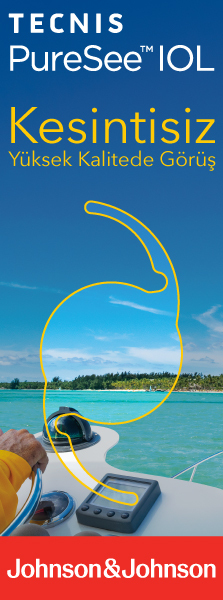Retina-Vitreous
2010 , Vol 18 , Num 2
Intravitreal Ranibizumab Injection in Wet Type Age-Related Macular Degeneration
1Dokuz Eylül University Faculity of Medicine, Department of Ophthalmology Asist. Dr.2Dokuz Eylül University Faculity of Medicine, Department of Ophthalmology İzmir, Prof. Dr.
3Dokuz Eylül University Faculity of Medicine, Department of Ophthalmology İzmir, Doç. Dr. Purpose: To evaluate the efficacy of intravitreal ranibizumab injection in the treatment of wet type age-related macular degeneration(AMD).
Materials and Methods: Seventy-eight eyes of 73 patients treated with intravitreal ranibizumab injection for wet-type AMD that were followed up for at least 6 months were evaluated retrospectively. All subtypes of wet type AMD were included. Baseline clinical examination and demographic characteristics, number of ranibizumab injections, followup period, change in visual acuity and central foveal thickness were evaluated.
Results: Thirty patients were female (41.1%) and 43 (58.9%) were male. Mean age was 70.2±8.2 years. Sixty-three (49/78)% of the lesions were occult and 37 (29/78)% were classic (minimally and predominantly classic). The mean follow up was 9.6 months (6-21 months). The average number of ranibizumab injections was 3.6 (2-12). Of the 78 eyes, 25 (37.5%) had received any of alternative treatment modalities, and the remaining 53 eyes (62.5%) were naive to any form of treatment. Mean visual acuity was 0.67±0.43 logMAR unit at the initial examination and 0.56±0.40 logMAR unit at the end of the follow up. The mean central foveal thickness decreased from 399 μm to 335 μm. There were statistically significant differences between the pretreatment and posttreatment visual acuities and central foveal thickness (p<0.05). During the followup, there were no serious ocular complications such as uveitis, endophthalmitis and glaucoma or systemic complications.
Conclusion: In our study, intravitreal ranibizumab injection caused a decrease in macular thickness and an increase in visual acuity thereby improved both anatomic and functional outcome. Keywords : Age-related macular degeneration, macula, ranibizumab, vascular endothelial growth factor





